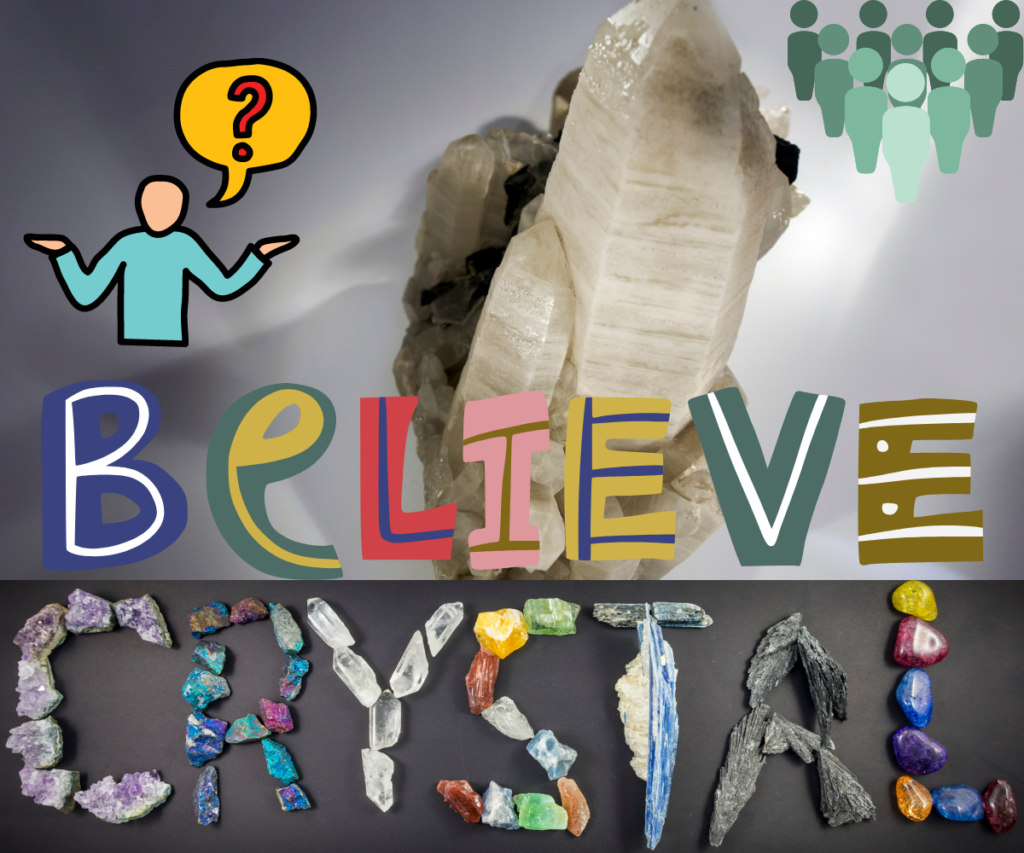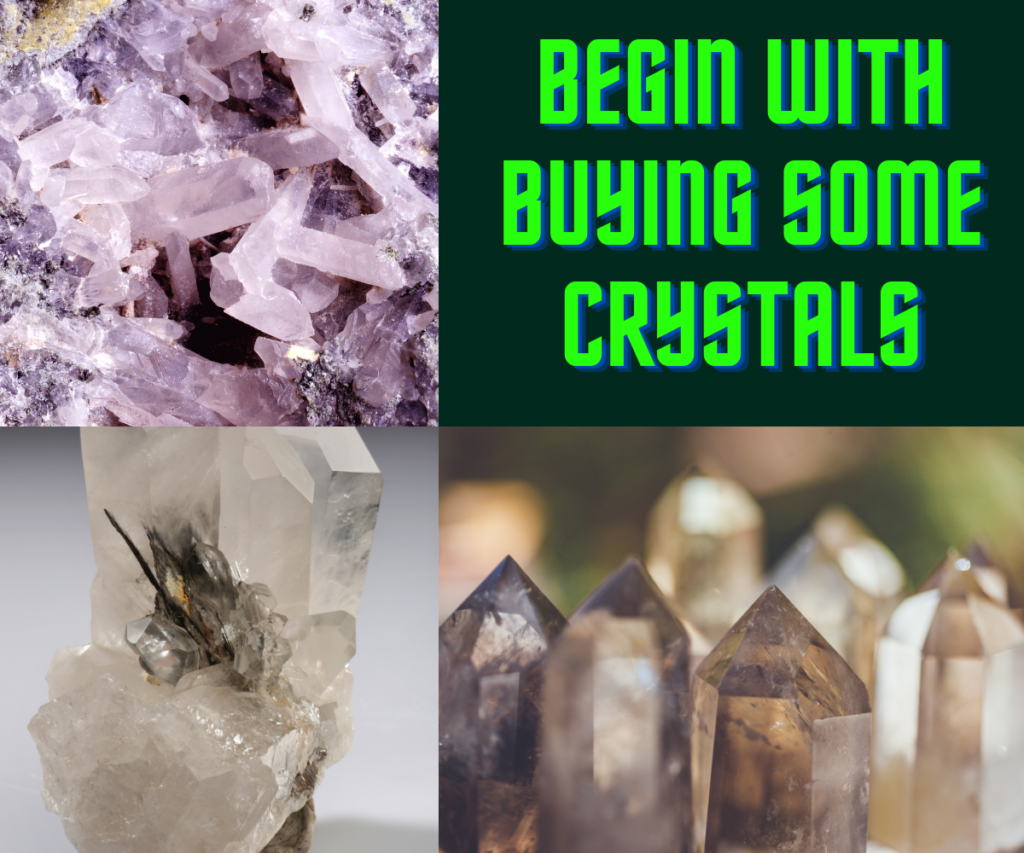
The scientific approach to this question would be to be your guinea pig and try out crystal healing yourself.
I have no idea if “crystal therapy” works or not, but I do know that 50% of the Danish population use “alternative healing methods”, and I don’t think they would do so unless they felt they got value for their money. I mean, healthcare is free in Denmark – paid through taxation – and yet some people still choose to pay for, among other things, “crystal therapy”.
National TV in Denmark has shown documentaries produced by Lasse Spang-Olsen, where the viewer follows patients with ailments being treated by alternative therapists. In some cases, the results are better than conventional medicine, which the patients had already tried in vain. It’s impossible to say if the reason for the good results is the so-called placebo effect – the patient is healed by his faith in the therapy or the therapeutic – or if there is a real cause-effect going on.
PS: Since I originally wrote this answer,
I have come across an academic explanation for why people believe that crystals have magic or healing powers:
They were there before we entered the world, and they will remain in the world after we have left the world. In Neolithic times, when life spans were shorter than today, people worshipped trees for the same reason.
This Minoan golden seal-ring depicts a man worshipping a tree – or rather the spirit in the tree – similarly to Disney’s Pocahontas talking to her grandmother in the willow tree. His wife (at the right) is probably mourning, and the middle figure is believed to be the goddess the Minoans were worshipping. The Minoan civilization, which is believed to have been matriarchal, lasted from 3.000 BC to 1.100 BC.


